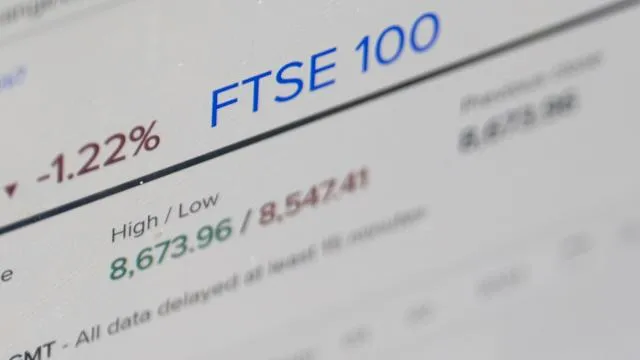What Happened
- On July 15, 2025, the FTSE 100 index hit a record 9,016.98, marking the first time it has ever crossed the 9,000 barrier.
- This surge represents a year-to-date gain of over 10%, outperforming both the S&P 500 and Eurozone indexes.
Key Drivers
- UK–US Trade Deal: A recent agreement securing 10% tariff benefits for UK exporters and protecting key sectors played a pivotal role
- Sectoral Strengths:
- Precious metals: Fresnillo, up ~155% on rising gold and silver prices.
- Defense: Babcock rose ~120% and BAE Systems +66%.
- Engineering: Rolls‑Royce surged ~75% post-restructuring
- Banking & Finance: Strong earnings lifted the broader financial sector, reinforcing investor confidence
- Market Positioning:
- With global uncertainty— 특히 US trade uncertainty—investors favored the FTSE 100’s blue-chip stability
- The pound’s strength near $1.34 also boosted confidence in export-oriented firms
Market & Economic Impact
- Investor benefits: Higher valuations support pension funds, ISA investors, and long-term equity holders
- Policy reforms: The UK government is introducing financial services reforms (“Leeds reforms”) aimed at reducing red tape, encouraging IPOs, and boosting retail investment
- Competitiveness claim: Analysts see London as a potential hub for EU companies to export to the US under the tariff arrangement
Risks & Considerations
- Housebuilder downturns: Stocks like Barratt Redrow fell ~11% due to weaker housing completions
- External threats: Global trade tensions remain a risk if wider tariffs are introduced or existing deals shift .
- Fiscal caution: Despite optimism, potential constraints in public finances could affect long-term investment .
Why It’s Positive
- Psychological breakthrough: Crossing a major milestone boosts sentiment and may invigorate further investment
- Performance rebound: Recovering from early-year lows (around 7,544 in April), the FTSE demonstrates resilience.
- Macro advantage: Britain’s political stability, trade access, and defensive industry mix position it well amid global volatility


